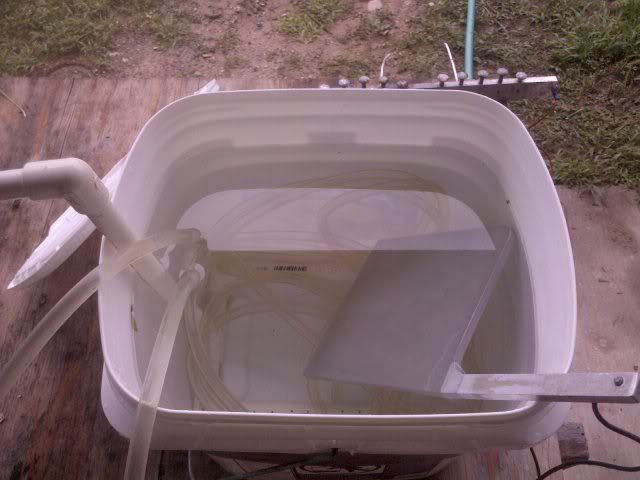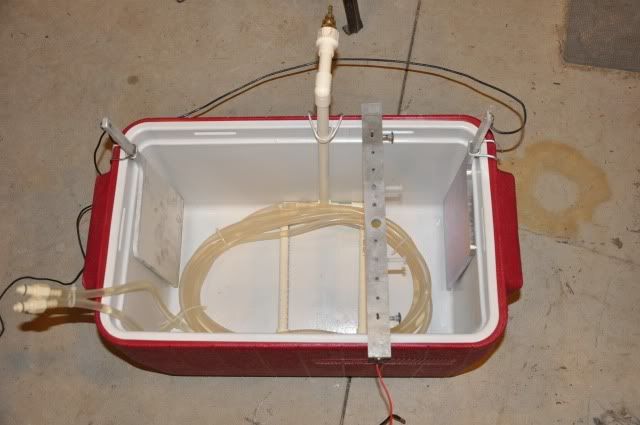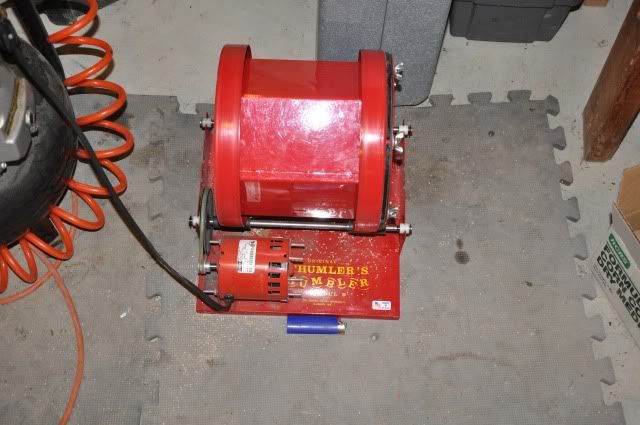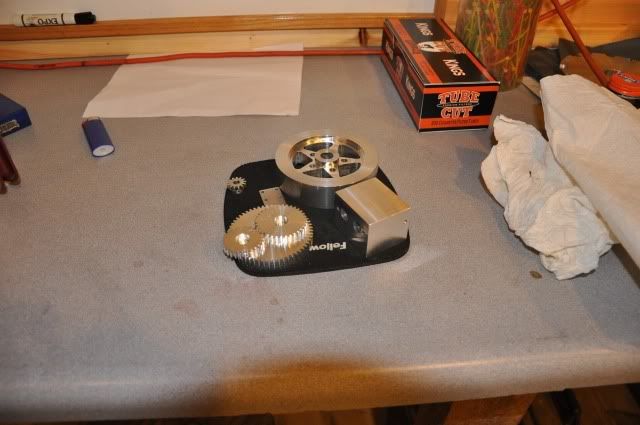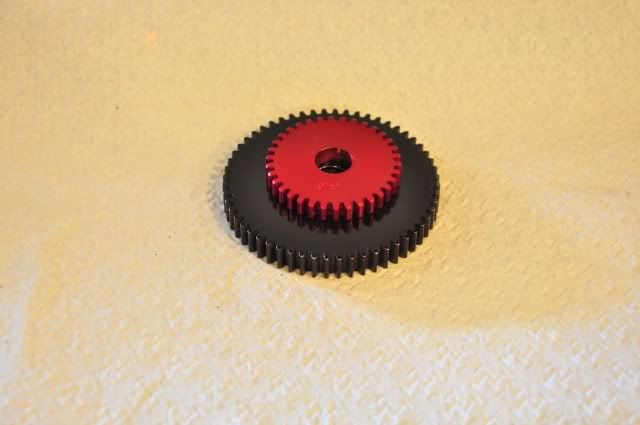Why is anyone still playing around & experimenting with home anodising, it's all been done before & the results speak for themselve's
I can assure you, in ten years time, people will be saying the same thing about your methods. There are new discoveries every day, by people doing experimentation.
Experimentation is what keeps us all going, if Bob is happy to do it his way, then no one has any right to tell him he should not be doing it his way.
You can suggest that he could improve his methods, but NEVER tell anyone he is doing it incorrectly if he is obtaining the results he is after.
Why do I manually machine everything rather than going out and buying a CNC machine?
Because that is what I want to do. It is called personal choice.
Great work BTW Bob.
Bogs





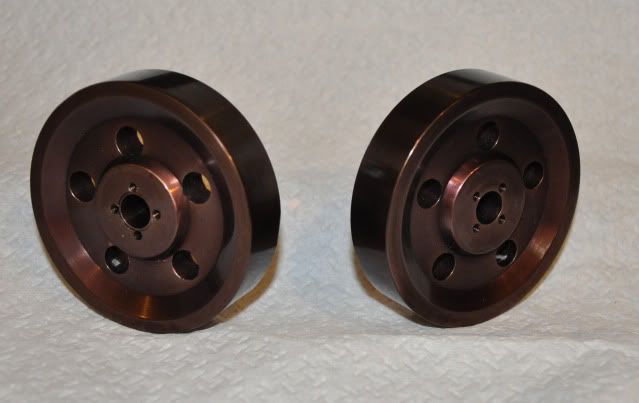

























































![MeshMagic 3D Free 3D Modeling Software [Download]](https://m.media-amazon.com/images/I/B1U+p8ewjGS._SL500_.png)





